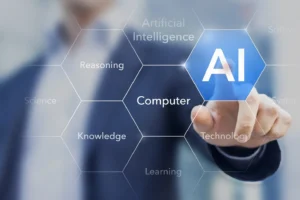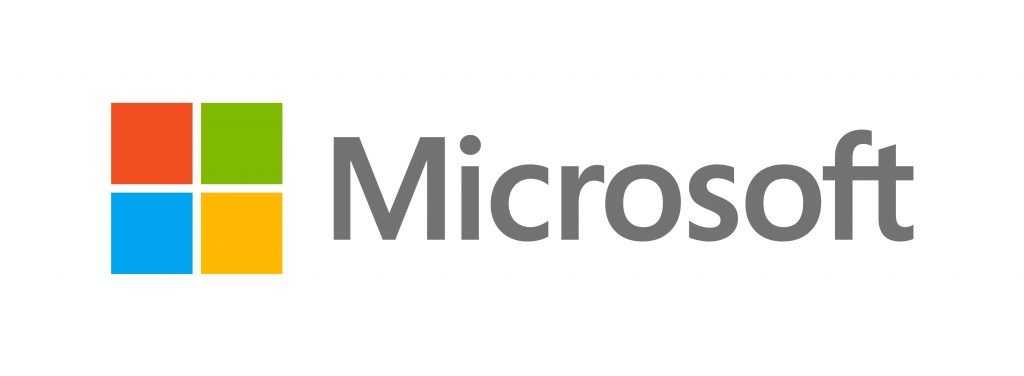In Bellevue, Washington, home to Microsoft’s bustling headquarters, the tech giant has made headlines by slightly scaling back its massive investments in artificial intelligence (AI) for 2025. After years of pouring billions into AI infrastructure, Microsoft’s shift is raising eyebrows among Pacific Northwest tech enthusiasts and businesses. This article dives into what this means for the region, why Microsoft is rethinking its AI strategy, and how it affects the future of AI innovation.
What Is Microsoft’s AI Pullback?
Q: Why is Microsoft reducing AI investments?
A: Microsoft is adjusting its AI spending to focus on efficiency, prioritizing scalable infrastructure over rapid expansion.
Microsoft has been a leader in AI, investing heavily in data centers and partnerships like OpenAI to build powerful AI tools like Copilot. In fiscal year 2025, the company committed $80 billion to AI and cloud infrastructure, a massive jump from previous years. However, recent reports indicate Microsoft is pulling back slightly, canceling or deferring over 2 gigawatts of data center projects in the U.S. and Europe. This decision, announced in early 2025, comes as Microsoft reassesses demand forecasts, particularly for training workloads with OpenAI, and shifts toward cost-effective AI operations like inference—running existing AI models rather than building new ones.
This shift doesn’t mean Microsoft is abandoning AI. Instead, it’s focusing on “spending smarter,” as analysts note, to maximize returns on its investments. In Bellevue, where Microsoft employs thousands, this move could influence local jobs, partnerships, and the region’s tech ecosystem.
The AI Boom and Its Challenges
Q: Why has Microsoft invested so much in AI?
A: Microsoft’s AI investments aim to meet growing demand for cloud computing and AI tools, but rising costs and energy constraints are prompting a rethink.
Microsoft’s AI journey has been a cornerstone of its growth. Since partnering with OpenAI in 2019, the company has built data centers to train advanced AI models and deployed tools like Copilot across its Microsoft 365 suite. In 2024 alone, Microsoft’s Azure cloud business, powered by AI, generated over $75 billion in annual revenue, surpassing Wall Street expectations. This success fueled a 168% increase in energy use since 2020, driven by power-hungry AI data centers.
But the AI boom comes with challenges. Building and running data centers is expensive—Microsoft spent $88 billion on infrastructure in the past year alone. Energy demands are straining power grids, especially in the Pacific Northwest, where the Northwest Power and Conservation Council predicts data center energy needs could triple by 2028. Regulatory hurdles, like permit delays, and grid constraints have also slowed expansion, pushing Microsoft to rethink its approach.
Why Microsoft Is Scaling Back
Q: What’s driving Microsoft’s AI strategy shift?
A: Microsoft is focusing on efficiency due to oversupply, strained OpenAI partnerships, and energy constraints.
In March 2025, Microsoft halted 2 gigawatts of data center projects, citing revised AI demand forecasts. Analysts at TD Cowen noted that Microsoft backed out of hundreds of megawatts of leased data center capacity and let over 1 gigawatt of early-stage commitments lapse. A key factor is the evolving partnership with OpenAI, which is diversifying to other cloud providers like Oracle, reducing Microsoft’s role in supporting OpenAI’s training workloads.
Additionally, Microsoft faced “facility and power delays” in regions with tight energy regulations, like parts of the U.S. and Europe. Rather than pushing through, the company chose to pause some projects, focusing on scalable, cost-effective infrastructure for AI inference. This shift aligns with industry trends, as competitors like Google and Meta also adjust their AI spending to prioritize efficiency.
Microsoft’s finance chief, Amy Hood, told investors in July 2025 that supply constraints would persist through the year, but the company is still investing a record $30 billion in the current quarter to meet signed customer contracts. This shows Microsoft remains committed to AI but is being more strategic about where and how it spends.
Impact on Jobs and Innovation
Q: How does Microsoft’s AI pullback affect jobs?
A: Microsoft’s layoffs of over 15,000 employees in 2025 are partly tied to redirecting funds to AI infrastructure, impacting teams in Bellevue and beyond.
Microsoft’s focus on AI has come at a cost. In 2025, the company laid off over 15,000 workers, including 9,000 in July alone, across divisions like gaming, sales, and marketing. In Bellevue and Redmond, over 800 jobs were cut, affecting the local economy. Reports suggest these layoffs free up capital for AI infrastructure, as Microsoft aims to stay competitive in the “AI bubble.” Some roles, like those in coding, are being replaced by AI tools that can debug and write code, raising concerns about job security.
Despite the layoffs, Microsoft insists it’s “thriving,” with CEO Satya Nadella calling the company’s success an “enigma” amid workforce reductions. The new CoreAI – Platform and Tools division, led by former Meta executive Jay Parikh, is focusing on building AI platforms for both Microsoft and its customers, signaling continued innovation. However, employee unease about the “AI at all costs” approach highlights tensions in balancing growth with stability.
What This Means for the Pacific Northwest
Q: How does Microsoft’s AI strategy impact Bellevue?
A: Microsoft’s reduced AI spending could slow data center growth in the Pacific Northwest, affecting jobs and energy demands.
The Pacific Northwest, particularly Bellevue and Redmond, is a tech hub thanks to Microsoft’s presence. The company’s decision to scale back AI infrastructure projects could slow the construction of new data centers in the region, which require significant land, power, and resources. This aligns with the region’s push for sustainability, as Microsoft is also investing in low-carbon materials like mass timber to cut emissions by 65% in new facilities.
However, fewer data centers could mean fewer construction and tech jobs in the short term. Local businesses that rely on Microsoft’s growth, from suppliers to service providers, may feel the pinch. On the flip side, reduced energy demands could ease pressure on the region’s power grid, supporting clean energy goals outlined by the Northwest Power and Conservation Council.
Microsoft’s shift also opens opportunities for other Pacific Northwest tech players, like Bellevue-based Qbeast, which optimizes data analytics to reduce computing costs. As Microsoft focuses on efficient AI, local startups could fill gaps in the ecosystem, boosting the region’s innovation profile. Read more about Qbeast’s data optimization.
The Bigger Picture for AI
Q: Is Microsoft abandoning AI?
A: No, Microsoft is adjusting its strategy to prioritize cost-effective AI solutions while maintaining leadership in the industry.
Microsoft’s pullback is not a retreat but a recalibration. The company remains a leader in AI, with its Azure platform and Copilot tools driving significant revenue. By focusing on inference over training, Microsoft is betting on running existing AI models efficiently rather than building new ones at breakneck speed. This aligns with industry shifts, as competitors like Google offer free AI features in Workspace, pressuring Microsoft to innovate creatively, like with pay-as-you-go Copilot agents.
Analysts see this as a sign of maturity. “Microsoft is acting like an adult in the room,” a portfolio manager told Business Insider, praising the focus on return on investment. As other hyperscalers like Google and Meta snap up data center capacity Microsoft left behind, the competition remains fierce, ensuring the Pacific Northwest stays at the forefront of AI innovation.
Looking Ahead
Q: What’s next for Microsoft’s AI strategy?
A: Microsoft will invest $80 billion in 2025 to enhance AI infrastructure, focusing on efficiency and sustainable growth.
Microsoft’s 2025 plans include spending $80 billion on AI and cloud infrastructure, with over half in the U.S., reinforcing its commitment to American innovation. The company is also training 2.5 million Americans in AI skills, partnering with community colleges to prepare workers for high-paying tech jobs. In the Pacific Northwest, this could boost local education and job opportunities, even as layoffs and project cancellations create short-term challenges.
For NW News readers, Microsoft’s shift is a reminder that even tech giants must adapt to changing markets. While the Pacific Northwest may see slower data center growth, Microsoft’s focus on efficient AI and sustainability aligns with the region’s values. As Bellevue continues to shine as a tech hub, Microsoft’s strategic pivot could pave the way for smarter, greener innovation.
This article was written with the assistance of Ai.



